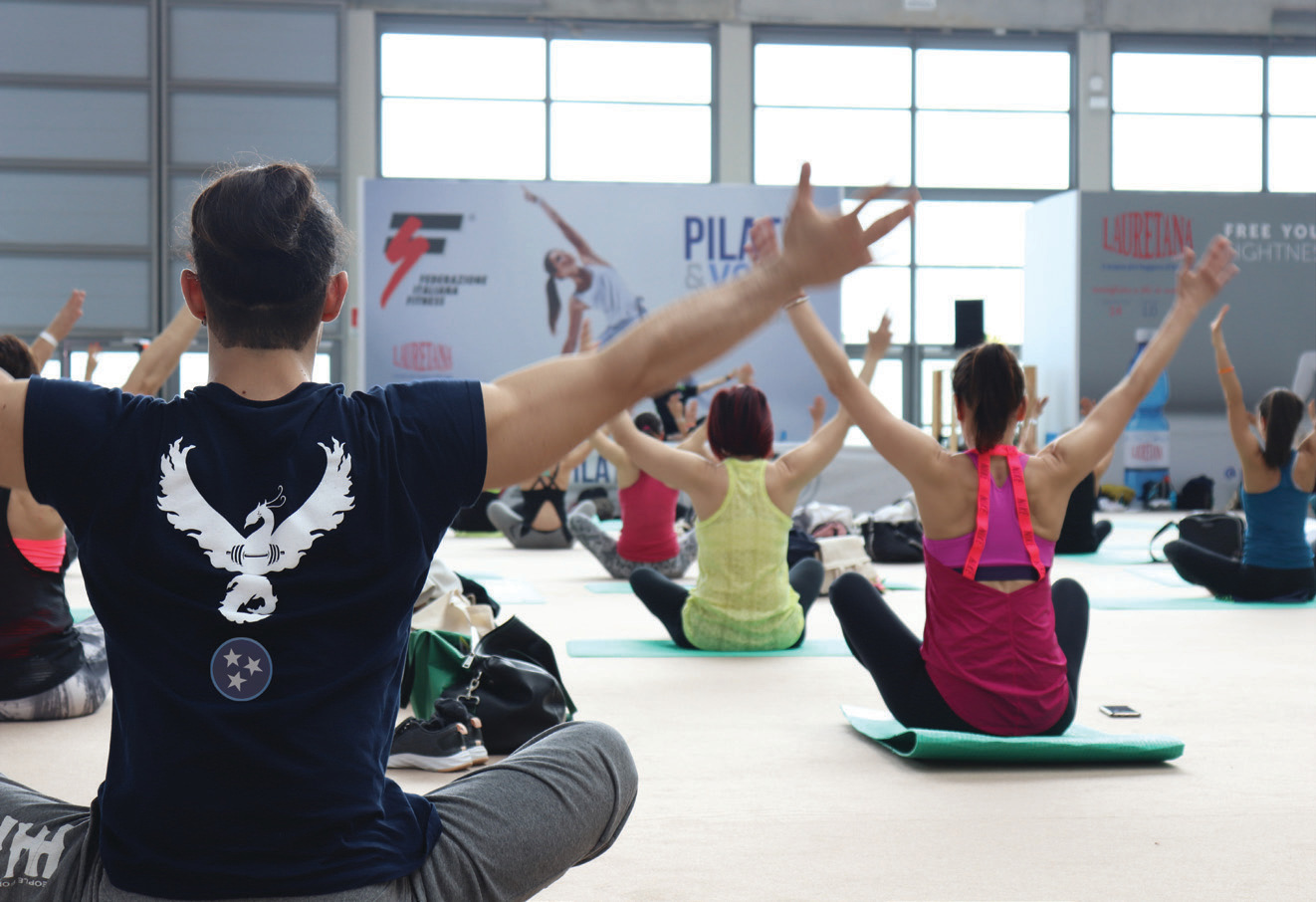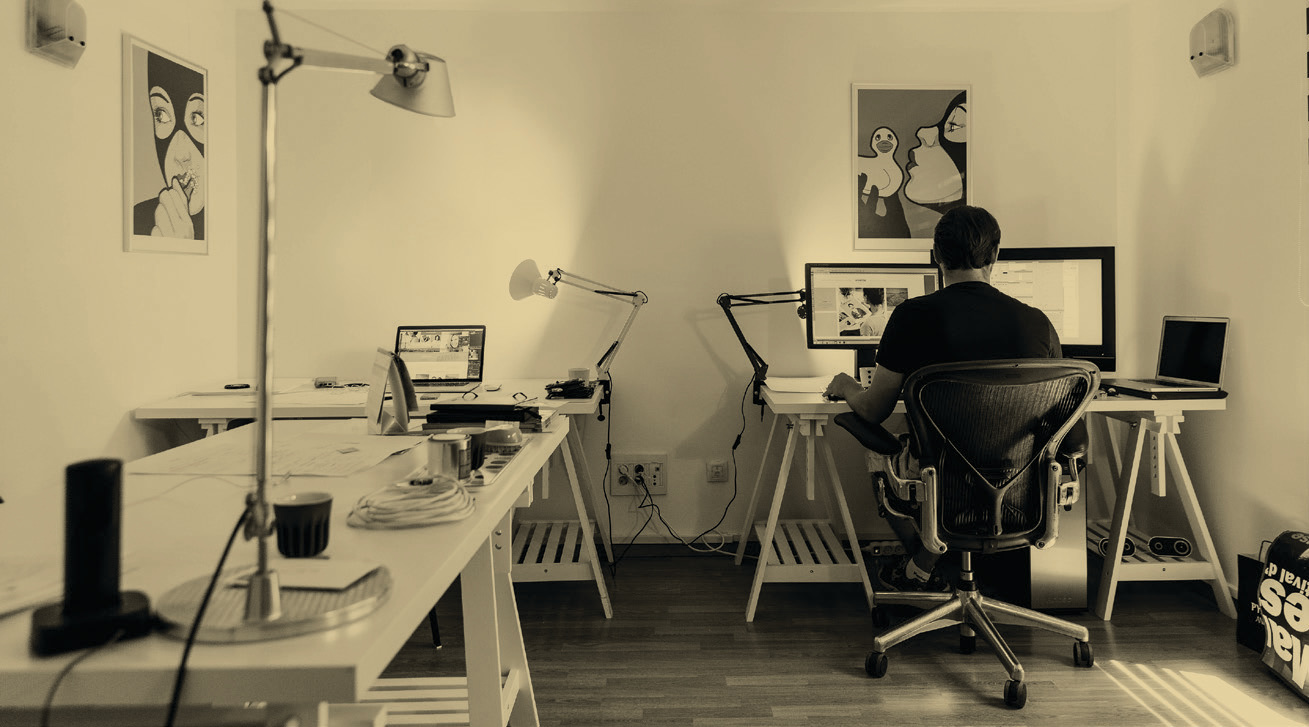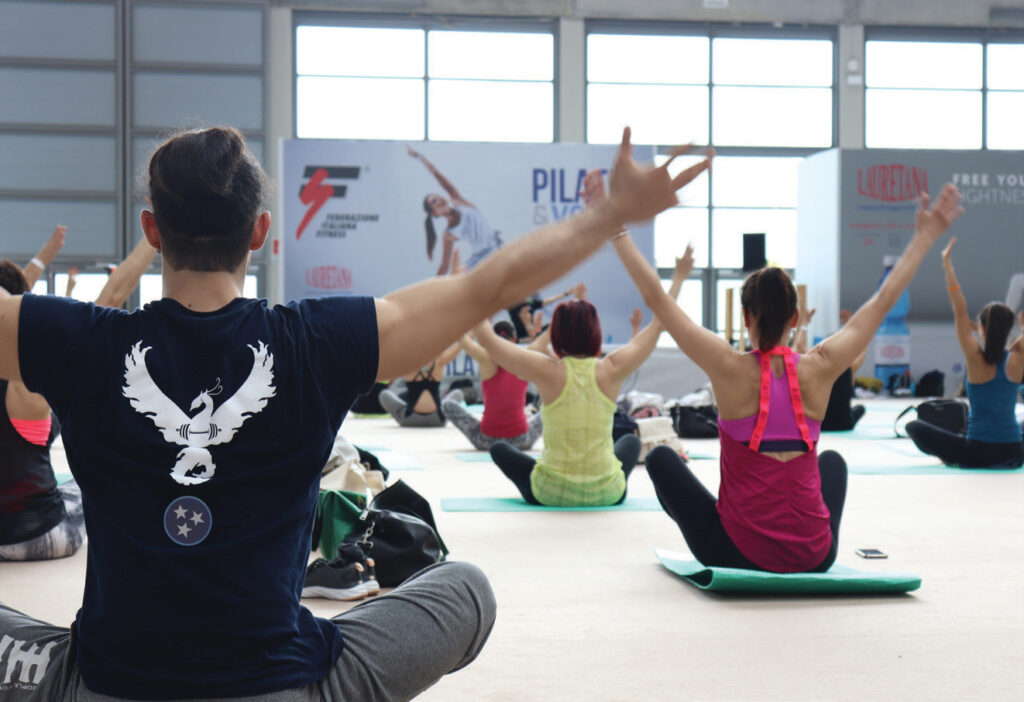 The average American spends between six and nine hours each workday sitting at a desk, sometimes without a break. Add online and in-person meetings, lunch at his or her desk and time in the car to get to work, and that figure grows to 10 or more hours. Once at home, the sedentary lifestyle continues with dinner, watching television and surfing the web, bringing nonactive hours closer to 12 to 14.
The average American spends between six and nine hours each workday sitting at a desk, sometimes without a break. Add online and in-person meetings, lunch at his or her desk and time in the car to get to work, and that figure grows to 10 or more hours. Once at home, the sedentary lifestyle continues with dinner, watching television and surfing the web, bringing nonactive hours closer to 12 to 14.
“People are moving less and sitting more,” says Terry Browning, president and CEO of MOSSA, a provider of group fitness workouts and movement programs to health clubs and to individuals through “MOSSA On Demand.” “In the past three decades, statistics show that people have become less active, more overweight and less healthy than ever before.”
“The term ‘sitting disease’ is now being used by the scientific community to refer to the metabolic syndrome and ill effects associated with an overly sedentary lifestyle,” he says. “All this sitting has created a generation of people with back and hip issues, joint stiffness and muscle soreness. We would say their movement health is really suffering, and this results in the country spending billions in medical costs annually to keep people well.”
The U.S. Department of Health and Human Services recommends that adults do at least 150 minutes of moderate aerobic activity or 75 minutes of vigorous activity each week.
“The reality is that for most people, this number seems unattainable,” he says. “However, this amount of activity can be a reality if people start slowly and build up their movement and activity levels over time.”
Getting active doesn’t mean going out on Day 1 and running a marathon. In fact, activity can be as simple as parking the car farther from the grocery store or getting off the bus one stop earlier. Walk around the neighborhood or a nearby park. Or instead of fast-forwarding through commercials when you’re watching television, get up and walk around your house.
“For most people, any type of movement can help,” he says. “From standing up and stretching for five minutes every 45 minutes to walking around while you’re on the telephone, you can help prevent your muscles and joints from becoming too stiff and even safely increase your heart rate to get your blood flowing.”
Individualize your movement routine. Some people prefer group activities while others do better with one or two friends or on their own.
“Consider joining a gym, health club or YMCA and taking a group fitness workout a couple of times a week,” Browning says. “Group fitness using music has been proven to be one of the most effective methods of not only starting to move but being able to keep moving. The dynamic of having an instructor and other people in the room provides motivation. And having a specific schedule of classes will help build a routine and consistency each week.”

Consider finding an activity-buddy to take regular walks together at a local park or at a mall. “It’s a good way to spend social time that’s not focused on a food-related activity while adding movement to your life,” he says.
Regular movement and activity can also be a mood elevator and stress reliever.
“Getting outside in the fresh air can do wonders for your outlook,” he says. “Purchase a good set of headphones to listen to your favorite tunes to keep you going. Our research has showed that music is a prime motivator for getting people to move more. The tempo can help you keep up the pace, and people who use music as part of their movement or fitness routine are more likely to continue their program.”

Browning recommends that before beginning any increased physical activity, check with your physician. “That way you’ll be alerted to any potential health problems and can feel confident to safely begin moving and exercising.”
Being consistent will improve fitness, so start with an easy schedule of two to three times a week.
“Set realistic goals, and pace yourself,” he says. “Whatever you do, know that you’re taking the first step in leading a healthier life. The first moves may be the hardest, but once you’ve found an activity you enjoy, you’ll have set the pace for a healthier life, no matter your age or ability.”



